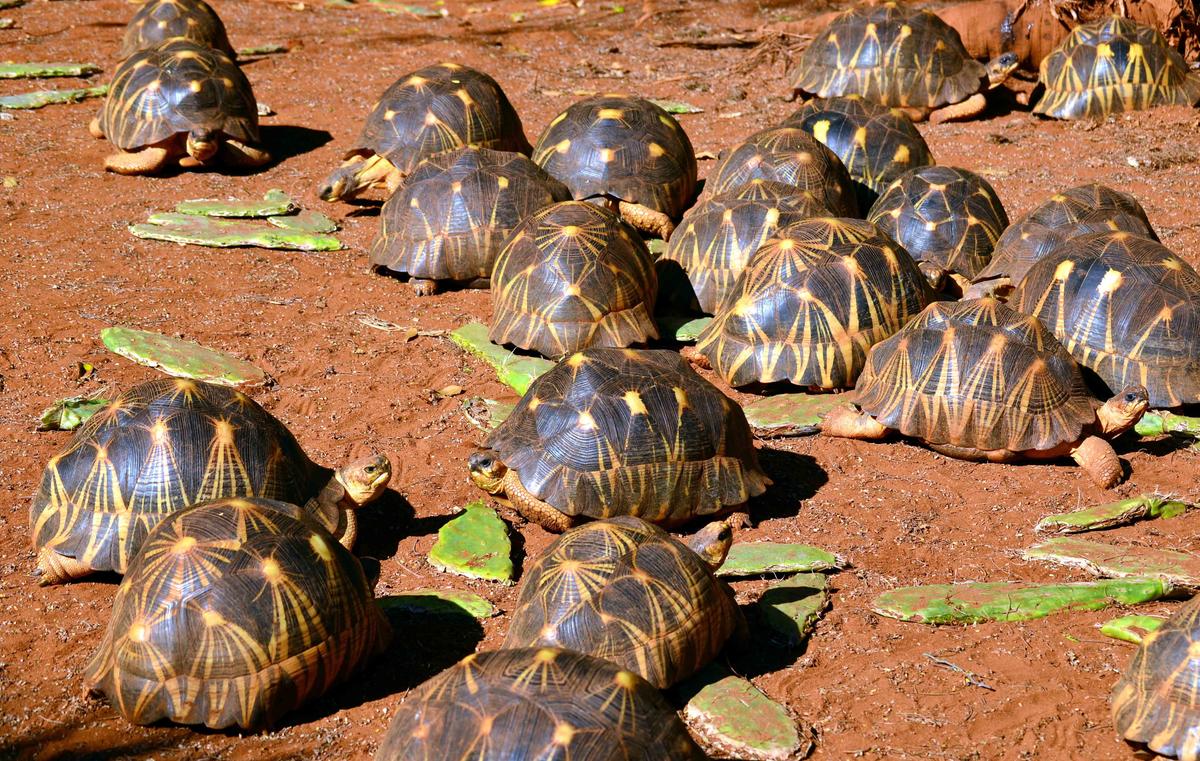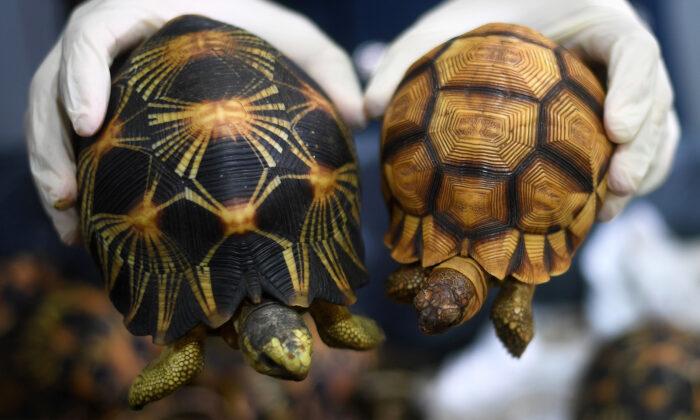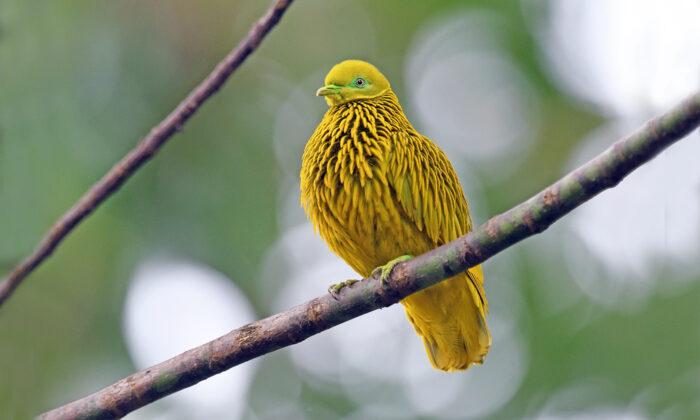Some of the most well-known endangered species in the world are also the largest, most iconic animals, like the elephant, the tiger, the panda, or the whale. We mustn’t forget the smaller creatures in danger of extinction, such as the tiny radiated tortoise, which is under threat from poaching. Recently, a horrific discovery in a house in Madagascar revealed over 10,000 stolen rare radiated tortoises crammed together in captivity.
Soary Randrianjafizanaka, a university professor of biological sciences and regional head of Madagascar’s Environmental Protection Agency, led a team to investigate a strange smell coming from a house in the southwest of the country. When the investigative team arrived, they found a hellish scene of almost 10,000 critically endangered radiated tortoises crammed inside. “You cannot imagine,“ she told National Geographic. ”It was so awful.”
As investigators went from room to room, they were barely able to move through the house, in part because of the smell of urine and feces that had built up, and also because there were so many tortoises.
“They had tortoises in the bathroom, in the kitchen, everywhere in the house,” Randrianjafizanaka said. As the environmental investigation team arrived, they caught men employed by the house’s owners in the process of burying dead tortoises behind the house.

When the team finally managed to count the 9,888 live radiated tortoises, along with 180 dead ones, they began to transfer the survivors to the nearby sanctuary “Le Village des Tortues” (Turtle Village). Despite all of them surviving the journey, within a week of their arrival at the sanctuary, over 574 had died from lingering dehydration or infections from their confinement at the house.
Thankfully, the owners of the house were arrested, but Randrianjafizanaka believes they were just pawns in a much larger operation. “We don’t know exactly who the big person is, but we know there’s a big boss,” she explained.
Madagascar is the epicenter of a booming illegal trade for radiated tortoises (Astrochelys radiata), which are called so because of the well-defined star pattern on their shells. Native to Madagascar, the tortoises feed on fruit and plants, especially the prickly pear cactus, and can live up to 180 years.
As Rakotomalala wrote, “Succumbing to such purchase encourages wildlife illegal trafficking. People often ignore that getting oneself involved in illegal wildlife trade is a crime and is liable to imprisonment.”
Unfortunately, it’s not just people in Madagascar who appreciate the rare beauty of the tortoises. In addition to serving as pets and as “bush meat” in certain parts of the country, the exotic-looking and long-living tortoises are highly sought after on the international market, especially in China and Southeast Asia.
“They’re being harvested at what I’d call an alarming, catastrophic rate,” Rick Hudson, the president of the American organization Turtle Survival Alliance, told National Geographic. Despite having been introduced to the Indian Ocean islands of Réunion and Mauritius, the tortoises are largely confined to Madagascar, which has been plagued by political instability, economic crisis, and massive deforestation.
Best of all is that Lucas and fellow international turtle conservationists have enlisted local community members in their efforts to find the tortoises new homes. “It gives me a lot of hope for the wild success of this species in the future,” Lucas said.




